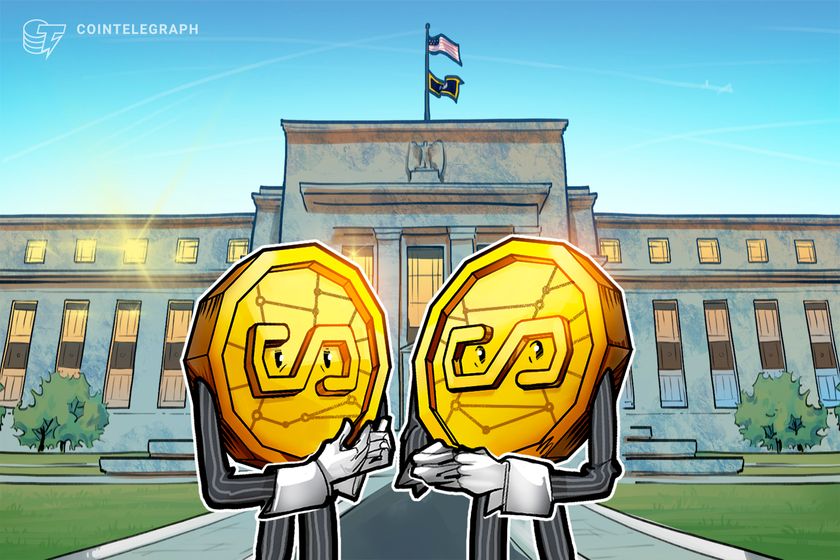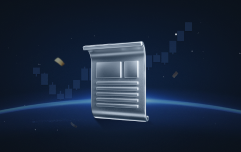Rebeca Moen
Nov 07, 2025 21:28
Hypergraph by The Graph empowers developers to create web3 applications with user-owned data, enabling innovative solutions like AI tools and health apps. Discover Hypergraph’s impact on the web3 ecosystem.
Hypergraph, a newly launched product by The Graph, is transforming the way developers create web3 applications by allowing them to build with user-owned data. Launched just a week ago, Hypergraph has already sparked significant interest and activity among developers, according to The Graph. This innovative platform addresses the long-standing challenges of data ownership and interoperability in the web3 space.
The Problem Hypergraph Solves
Before Hypergraph, developers faced a dilemma: whether to build traditional web2 applications that lock in user data or to limit themselves to purely onchain functionalities. Both approaches failed to provide a secure, composable, and user-owned experience. Hypergraph resolves these issues by enabling decentralized knowledge graphs that transform siloed data into interoperable building blocks, ensuring data portability and user ownership.
How Hypergraph Transforms App Development
Hypergraph introduces a local-first, open-source framework that manages both public and private data. This approach allows developers to create feature-rich consumer applications while adhering to web3 principles. Key features include local-first storage, GRC-20 knowledge graphs for seamless interoperability, and a unified developer experience using React hooks and TypeScript SDKs.
Real Applications, Real Impact
In its first week, Hypergraph has inspired developers to create innovative applications such as Hypermaps, an AI-enhanced mind mapping tool, and Livus, a health data aggregator. These applications demonstrate Hypergraph’s potential to redefine collaborative intelligence and personal data ownership. Furthermore, ClearsignKit, a tool for smart contract intelligence, showcases Hypergraph’s ability to integrate into existing developer workflows.
Developer Insights and Ecosystem Growth
The recent ETH Global hackathon highlighted both successes and areas for improvement for Hypergraph. Developers quickly adapted to schema design and implemented complex features, while The Graph identified infrastructure and documentation enhancements needed for future development. The organic growth of the Hypergraph ecosystem is evident as developers publish reusable properties and types, facilitating future innovation.
Implications for the Web3 Landscape
Hypergraph marks a significant shift in web3 application development, allowing developers to create consumer apps that offer rich features while maintaining data ownership. Users benefit from data portability and sovereignty, enabling them to control their digital lives without platform lock-in. The first week of Hypergraph has shown that developers are eager to build the consumer web3 that many have anticipated.
Image source: Shutterstock
Source: https://blockchain.news/news/developers-leverage-hypergraph-to-build-innovative-web3-applications



